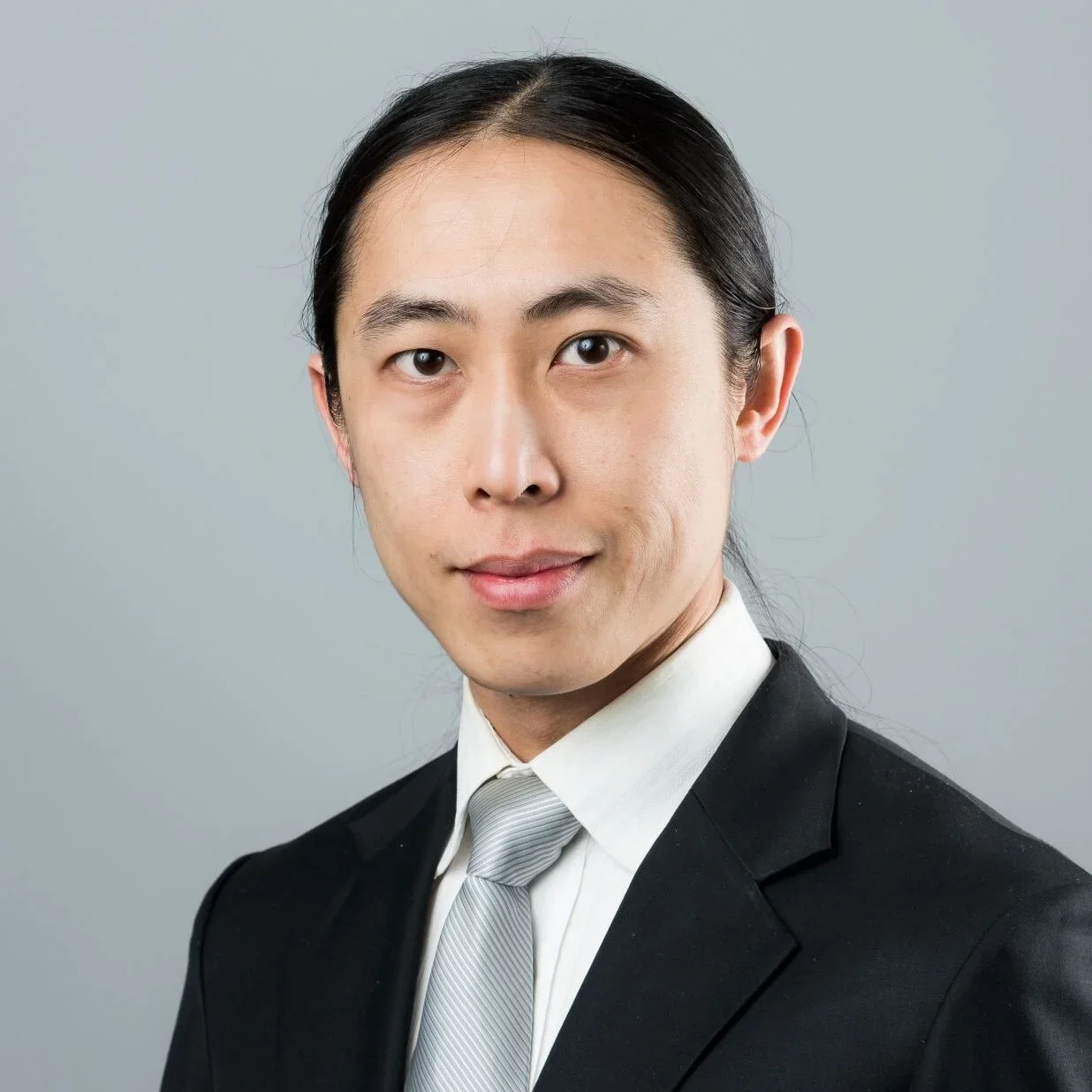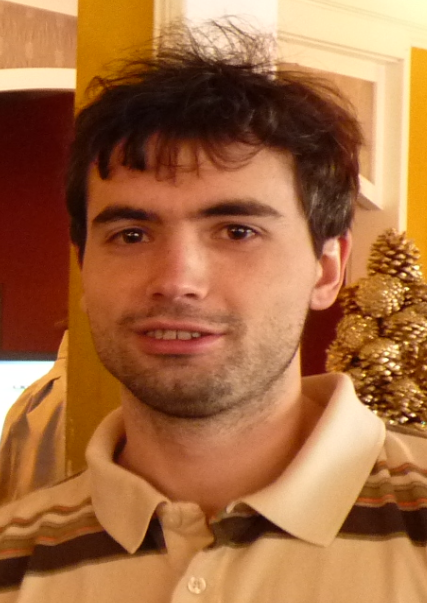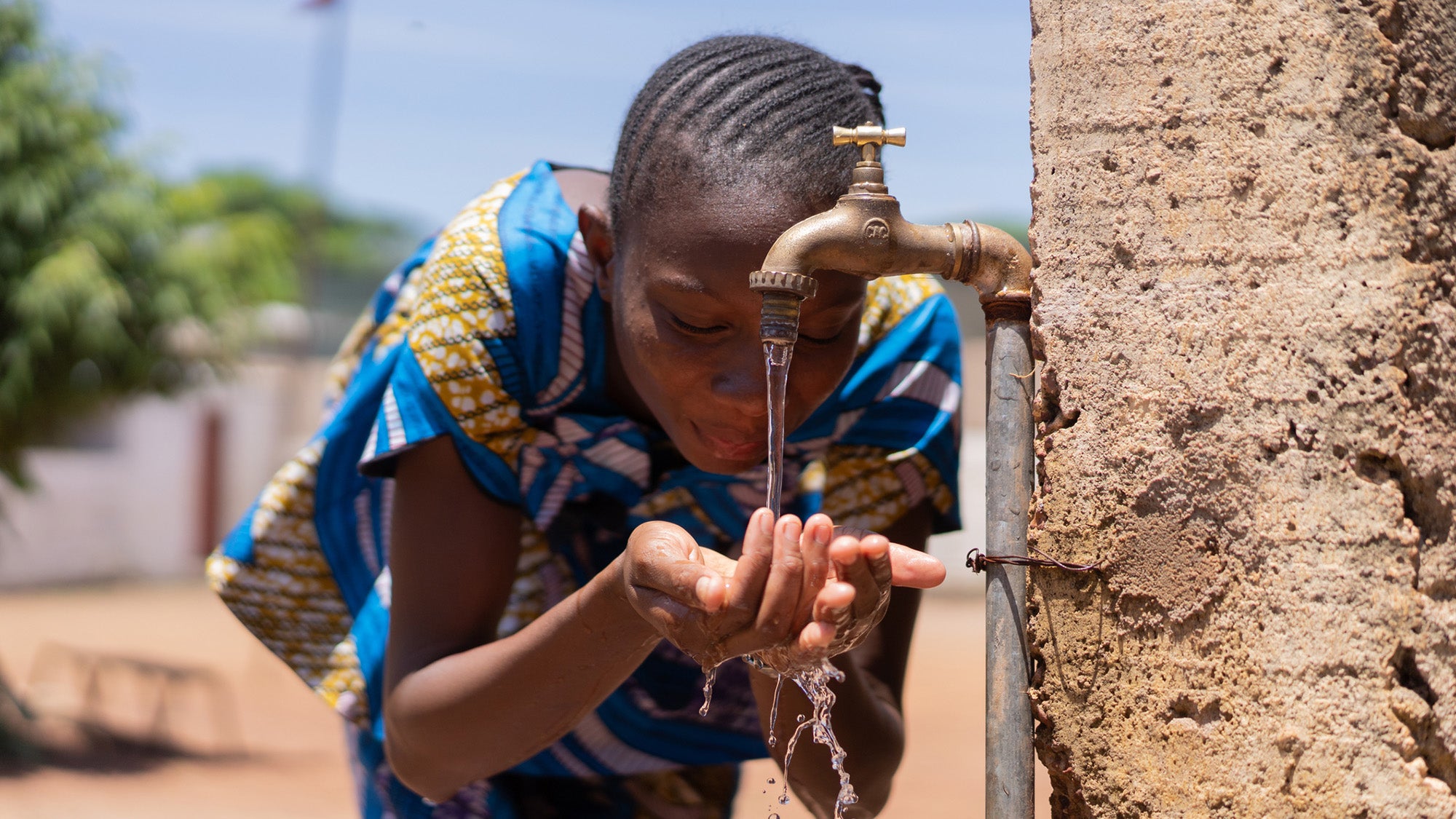Braiding Knowledge: The Ahtna on Climate Resilience in Alaska
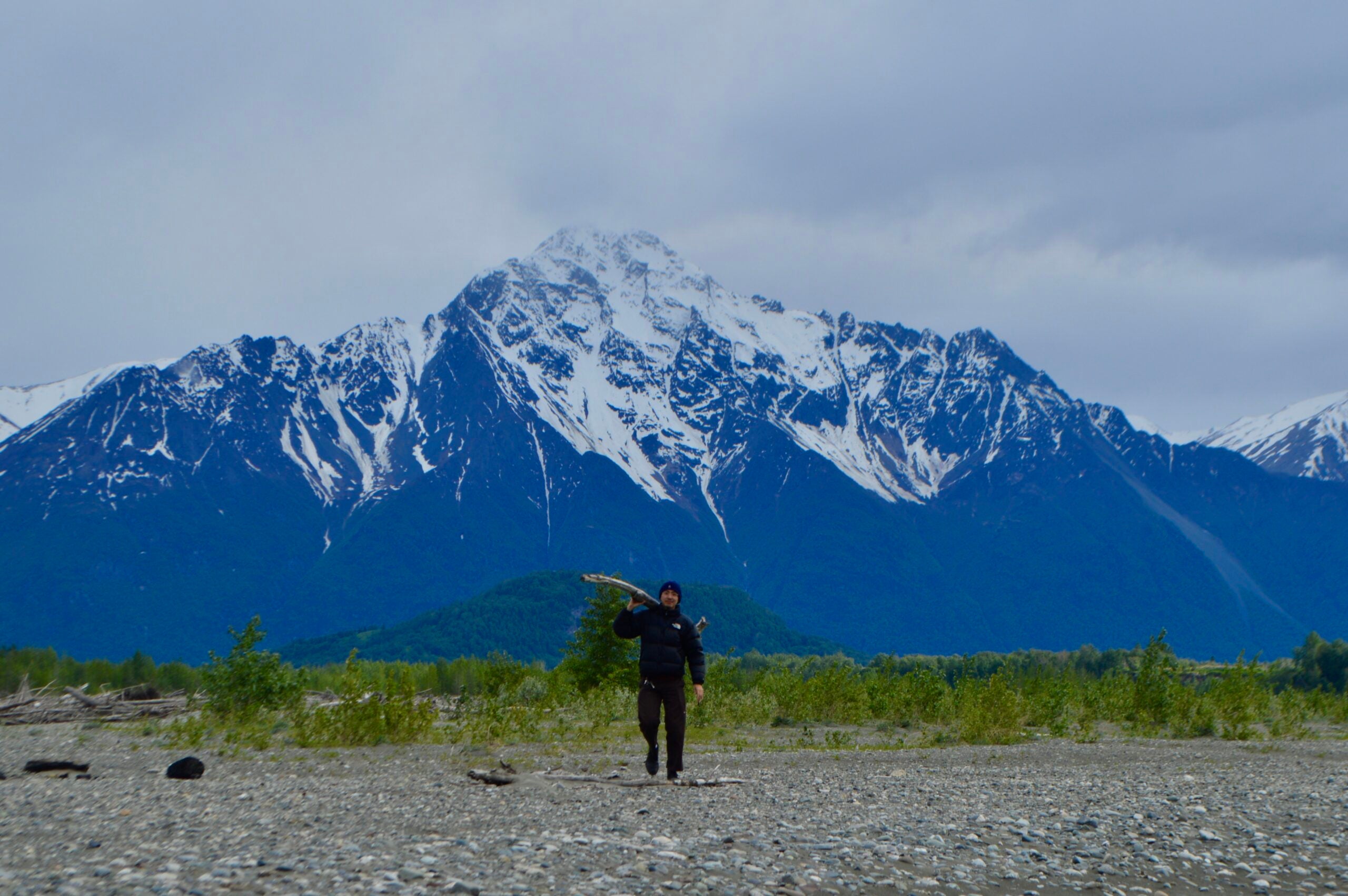
Kenzo S. Kimura is a Rose Service Learning Fellow and a Master of Science candidate in the Department of Global Health & Population
Growing up in sunny South Florida, I’ve always been accustomed to swamps, beaches, and the history of how the edge of the panhandle came to be. As a Rose Service-Learning Fellow, you wouldn’t be surprised to hear that I decided to travel to the opposite part of the United States, in Glennallen, Alaska.
This Florida swampman was used to miles and miles of quiet vastness, but it was different this time, after driving five hours into the Alaskan wilderness from Anchorage. Snowcapped mountains loomed in the distance, and the Copper River flowed with a strength that locals told me had carried salmon for generations. I had come to work alongside the Ahtna people through the Copper River Native Association (CRNA), supporting a project called Braiding Knowledge: Community Climate Resilience with the Ahtna People of Alaska. It all started with a phone call to the rangers at Wrangell–St. Elias National Park & Preserve. I had asked about their environmental health work in the Copper Valley, salmon conservation, and post-graduate opportunities. That eye-opening conversation opened doors, connecting me to people who would eventually introduce me to CRNA and the Ahtna.
Honoring Data Sovereignty: Listening to Wellness Beyond Numbers
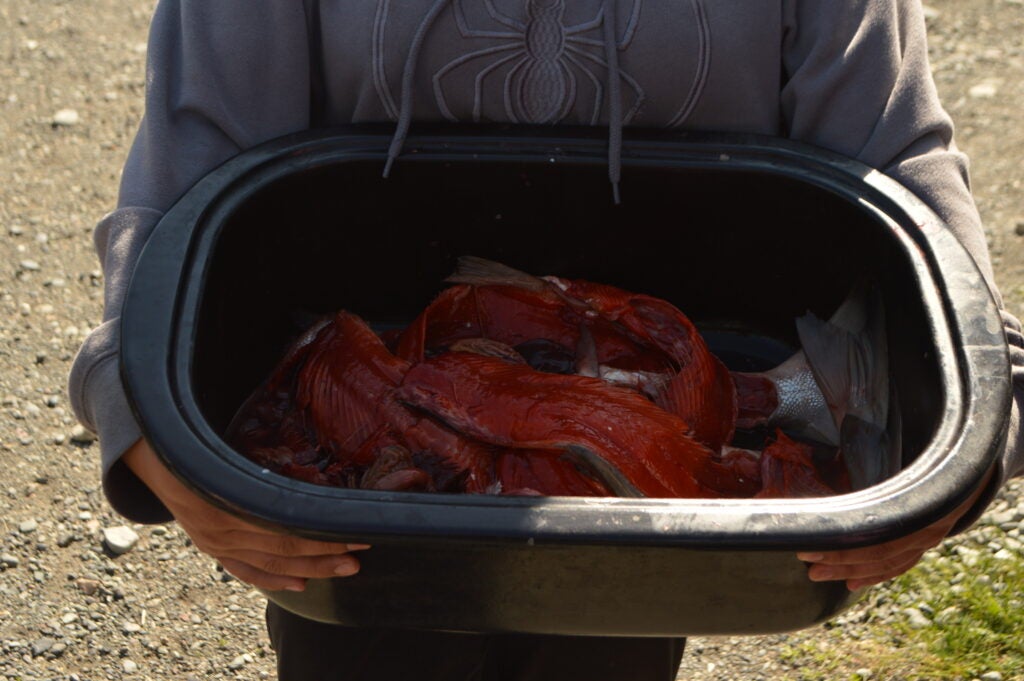
My role was simple on paper — survey distribution and data collection related to Indigenous Health Indicators, a project developed by the Ahtna, for the Ahtna. But from the start, it was clear that this project was less about clipboards and more about learning outside the office. Public health often speaks in metrics: morbidity rates, disability adjusted life years (DALYs), and cost-effectiveness ratios. But in the Ahtna community, resilience is measured in different terms: the health of the salmon, the strength of language, and the passing down of traditions such as potlatches and food preservation techniques. During my weeks in Glennallen and nearby Tazlina and Kluti-Kaah villages, I learned that climate resilience cannot be separated from cultural resilience. When the salmon run is disrupted, not just a food source is at risk, but an entire rhythm of life.
As I traveled across Southcentral Alaska, I learned more about the US military contaminating Alaskan land, water, and soil through spills and leaks of toxic chemicals like fuel, mercury, and polychlorinated biphenyls (PCBs) from former Army and Air Force bases. I spoke with firefighters on forest fires and their impact on the land, park rangers on federal land preservation, the Copper River Watershed Project, and the Ahtna Intertribal Resource Commission on building public awareness for landscape and wildlife conservation.
With the development of the Indigenous Health Indicators, I surveyed dozens of elders and youth on how their wellness and spirituality connect to shifting patterns in salmon and climate change. I joined community members in conversations around salmon health, local gardens, and the impact of environmental change. From folks I met in Glennallen’s town of fewer than five hundred, I heard stories from youth to elders on Tribal Data Sovereignty, Ahtna language preservation, hunting, and gathering. I received the generosity of sharing salmon at the table with them in their tribal halls.
The project emphasized data sovereignty, the principle that Indigenous communities should own, control, and benefit from the data collected about them. As a guest, I found myself actively learning from tribal members in the kitchen, at the fish wheels on their protected lands, from children concerned about their tribe’s future, and from elders who travel hours by car or helicopter to receive healthcare in Anchorage.
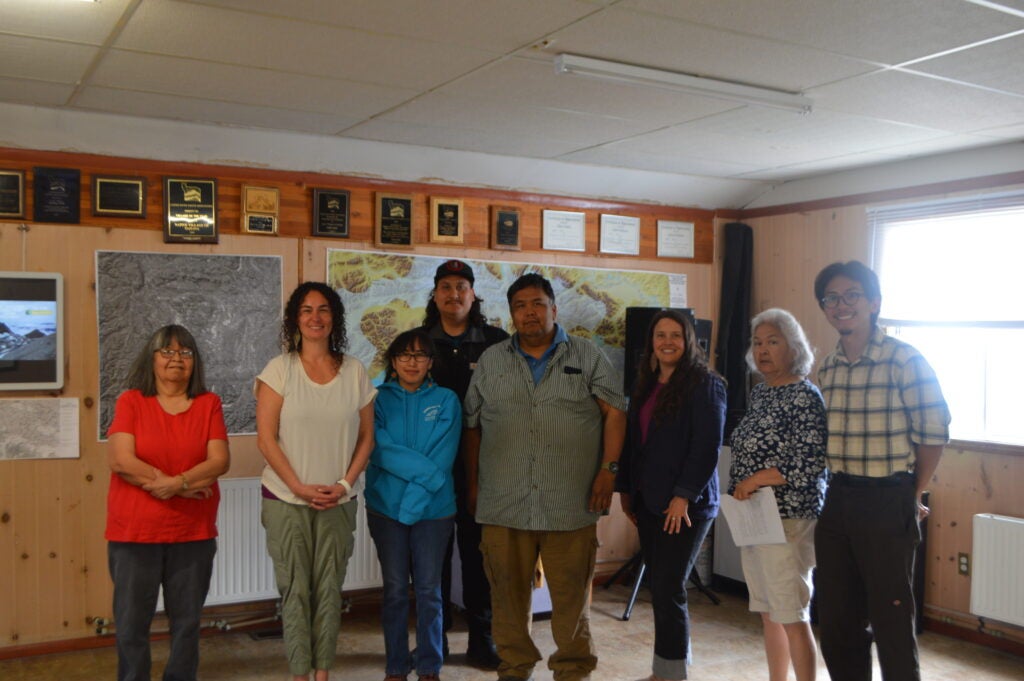
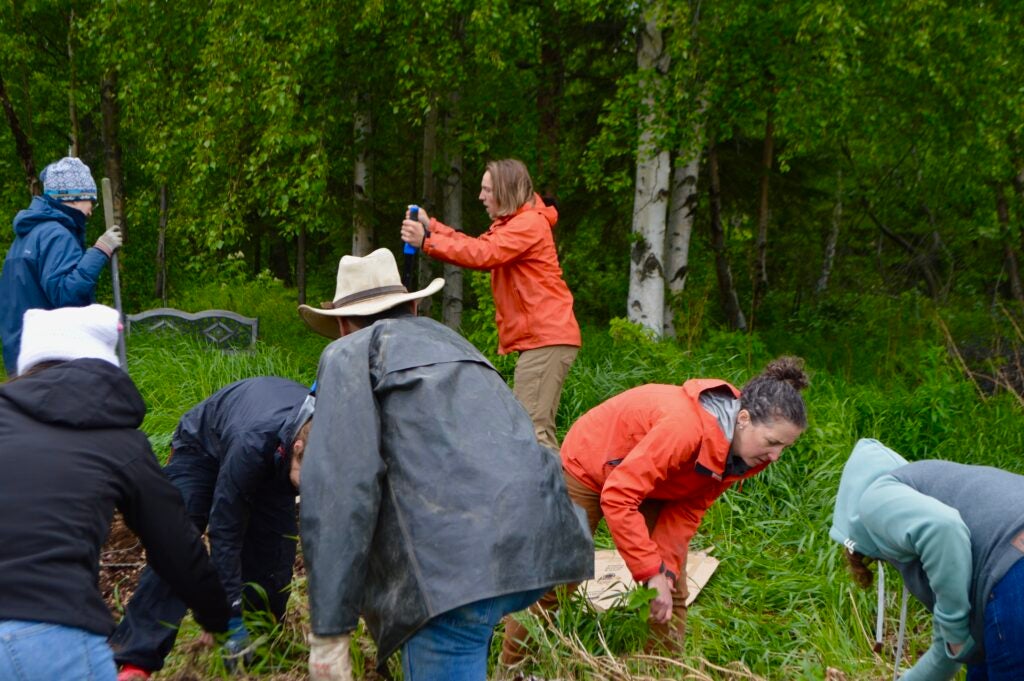
This shifted my role, and I asked, “What knowledge is already here, and how can I support its protection?” I read books on Indigenous medicine there, attended a native medicinal plant conference, and would find myself replacing American English words with Ahtna in my surveys using three existing dictionaries written decades ago, all with individual translations, and consulting the CRNA Youth Employment and Training Initiative (YETIs ), local high school interns, on what phrases or words they’ve heard more at home.
Carrying Ahtna Wisdom Beyond Alaska
One of the most memorable experiences was contributing to CRNA’s community garden project with its lead, Lakota McRoberts, and the YETIs. It reminded me of my moments working in Boston’s gardens, and knowing the impact of growing fresh produce for families in the region demonstrated sovereignty and resilience in a remote area with high store prices and limited agriculture.
Working with Lakota and incredible collaborators like Danie Hernandez from the Institute for Tribal Environmental Professionals (ITEP), I found an even deeper purpose in the “Last Frontier,” the land where the sun never sets in the summer (literally). My contributions to interviews, talks, and attendance in tribal events as a guest were just one thread in a braid of knowledge that stretched long before me and would continue long after.
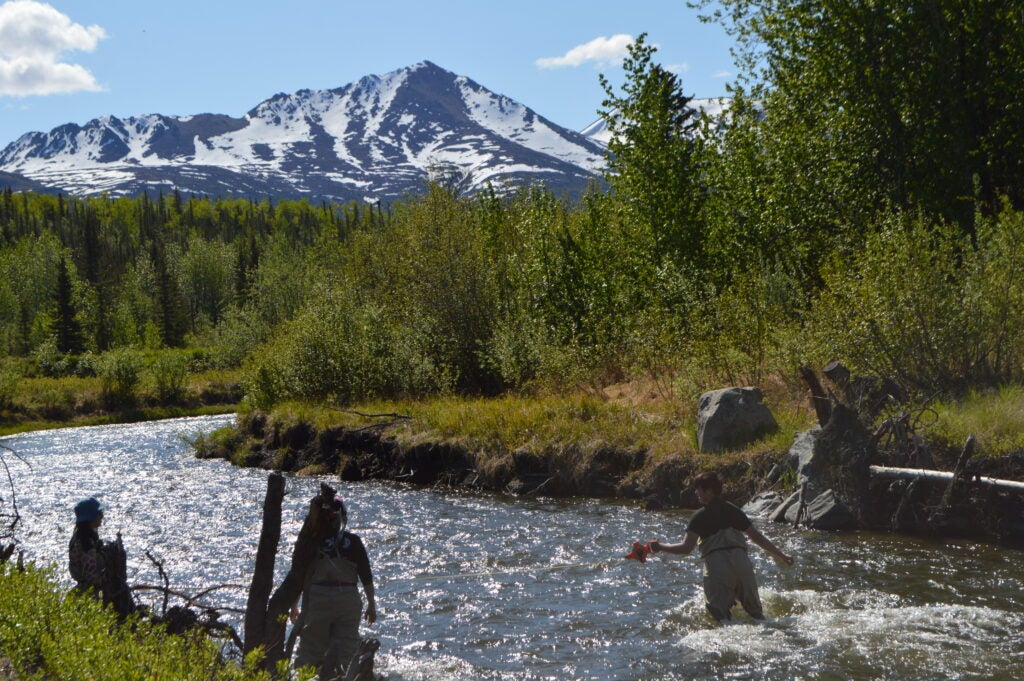
I think a lot about the parallels between my Florida upbringing, heritage of Japanese-Okinawan, Brazilian-Americanness, and the culture and struggles of the Ahtna in Alaska. From forced assimilation in our histories to the adaptation to extreme weather, I found myself befriending various individuals and agreeing with them that Floridians and Alaskans were long-distant cousins. By meeting with tribal administrators, consulting elders, and rowing along the river with new acquaintances, my time as a Rose Service-Learning Fellow reinforced my effort of learning from community knowledge. I genuinely thank the Ahtna for an incredible, eye-opening summer and hope to continue this connection, especially as I navigate throughout the field of public health in the United States and abroad.
